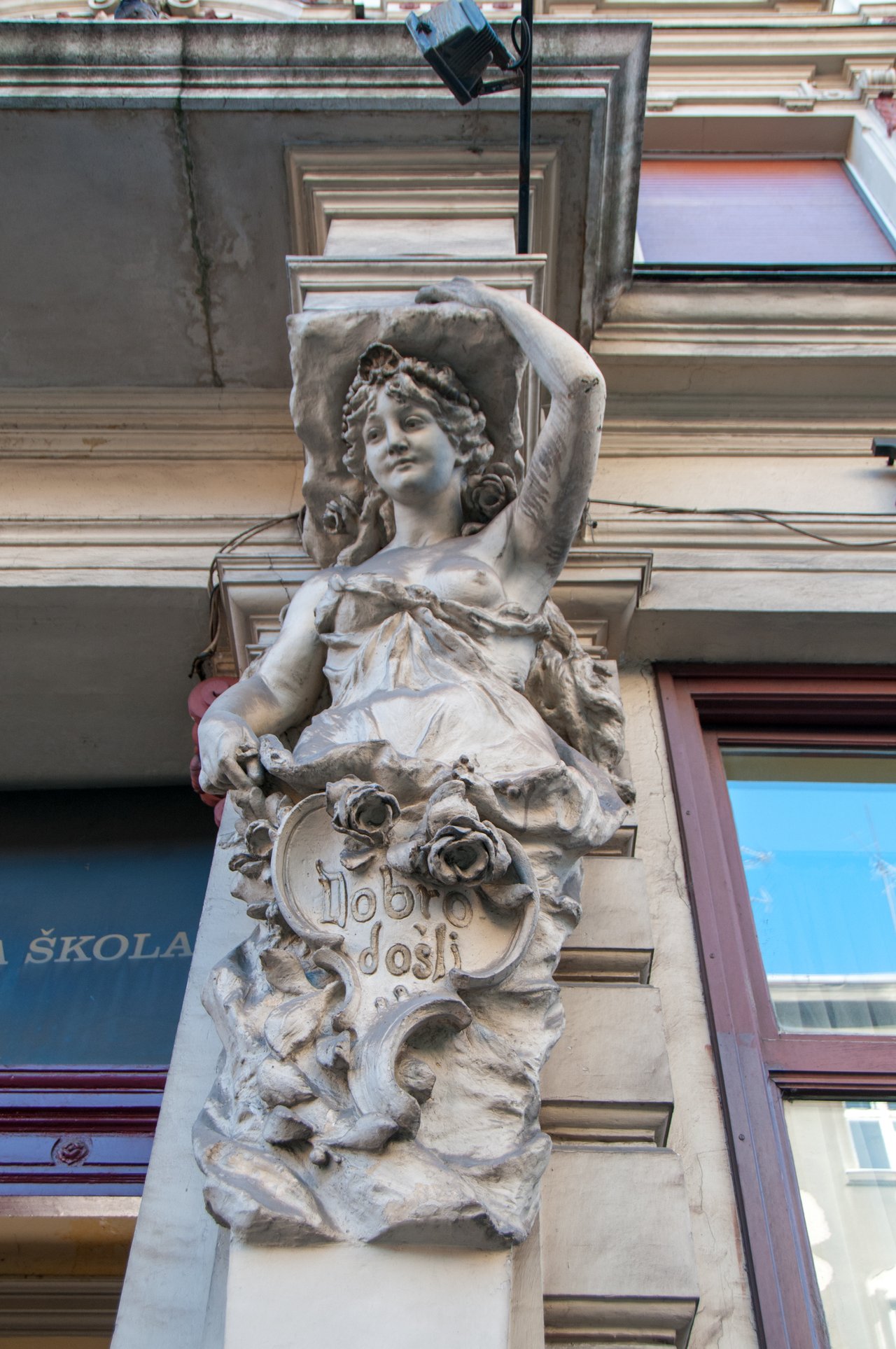 Dram! – Flavours In Whisky Pt.6 – Flavour Development In The Maturation Process (2)
Dram! – Flavours In Whisky Pt.6 – Flavour Development In The Maturation Process (2)

Dear Coilers, this is the last chapter of the “Flavours In Whisky” course, in which you can learn about where the whisky flavours come from.
In this Dram! we will continue where we stopped in the last post about the flavour development in the maturation process (pt.1)...

PREVIOUS CASK CONTENT – New Make is almost exclusively matured in ex bourbon casks but some of the whiskies are matured in second (even third) cask after ex bourbon.
That extra maturation usually takes from 3 months to a year in which whisky draws colour and flavours out from the previous content.
Each of the content gives differet flavours to whisky:
Bourbon - vanilla and coconut
Sherry - rich and fruit cake like flavours
Port - red fruits
Rum - mango, fruits and creme brulee
Wine - flavours depend on the wine sorts but usually fruity and honey flavours
Madeira - honey, fruit, berries
Marsala - nutty, sweet and spicy
Virgin Oak – vanilla, spicy, poverful dry tannins (rarely used as it is very powerful)

CASK SIZE – usually used casks are Barrel 200 liter, Hogshead 250 liter and Butt 500 liter.
Important thing in maturation is the wood surface to liquid ratio.
Smaller the cask the greater the wood surface area to liquid ratio thus quicker the maturation. Good example is Quarter Cask, 40-50 liter, which gives 30% more surface to liquid ratio than the standard barrels and whisky expressions matured in it have stronger flavours even if the whisky is younger.

MATURATION ENVIRONMENT – whisky evaporates during the maturation but the rate of it depends on the temperature and humidity of the climate.
In lower temperature and higher humidity climate like in Scotland, more alcohol evaporate and alcohol content is reduced. The rate is usually 1-1,5% per anum and the lost is called the Angel’s Share.
On the other hand, higher temperature and lower humidity, like in American distilleries, more water evaporates so the alcohol content increases.

WAREHOUSE – several techniques are used in warehouses to make the environment the most suitable for the maturation. Heating in winter, moving casks to different areas with different temperature and airflow, warehousing styles...
3 different styles are in use in Scotland: Dunnage, which is traditional style, Racked and Palletised.
Dunnage and Racked warehouses have higher evaporation losses but more extraction happens during the maturation.
Palletised system is harder to control so if the barrel starts leaking it sometimes cant be noticed which can result in higher losses.

CHILL FILTRATION – the notorious process which whisky connoisseurs despite.
A filtration process used prior to bottling which removes longer chain molecules and leave whisky crystal clear. Clear whisky is appreciated by standard consumers but non of the connoisseurs would mind a bit haze in whisky!
Those long chain molecules, mostly fatty acids infect mouth feel more than flavours and are left in whiskies of higher / superior quality.

BOTTLING STRENGHT – as whisky from the barrel is usually of high alcohol strenght (cask strength) it is diluted prior to bottling. Standard bottling strenghts are 40% (minimum) or 43%.
Some expressions are bottled to as high as the cask strenght.
As whisky is diluted with water, lower the alcohol lower the flavour and different flavour profile. That’s why the same whisky bottled at cask strenght and diluted to 40% gives two different drams!
Thanks for reading,
Srdan
My Cinnamon
My Twitter


















































